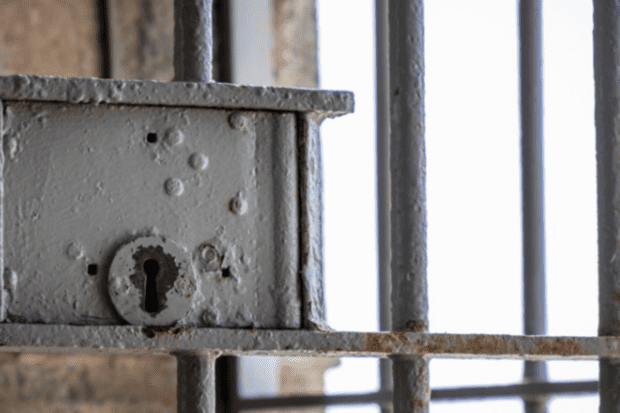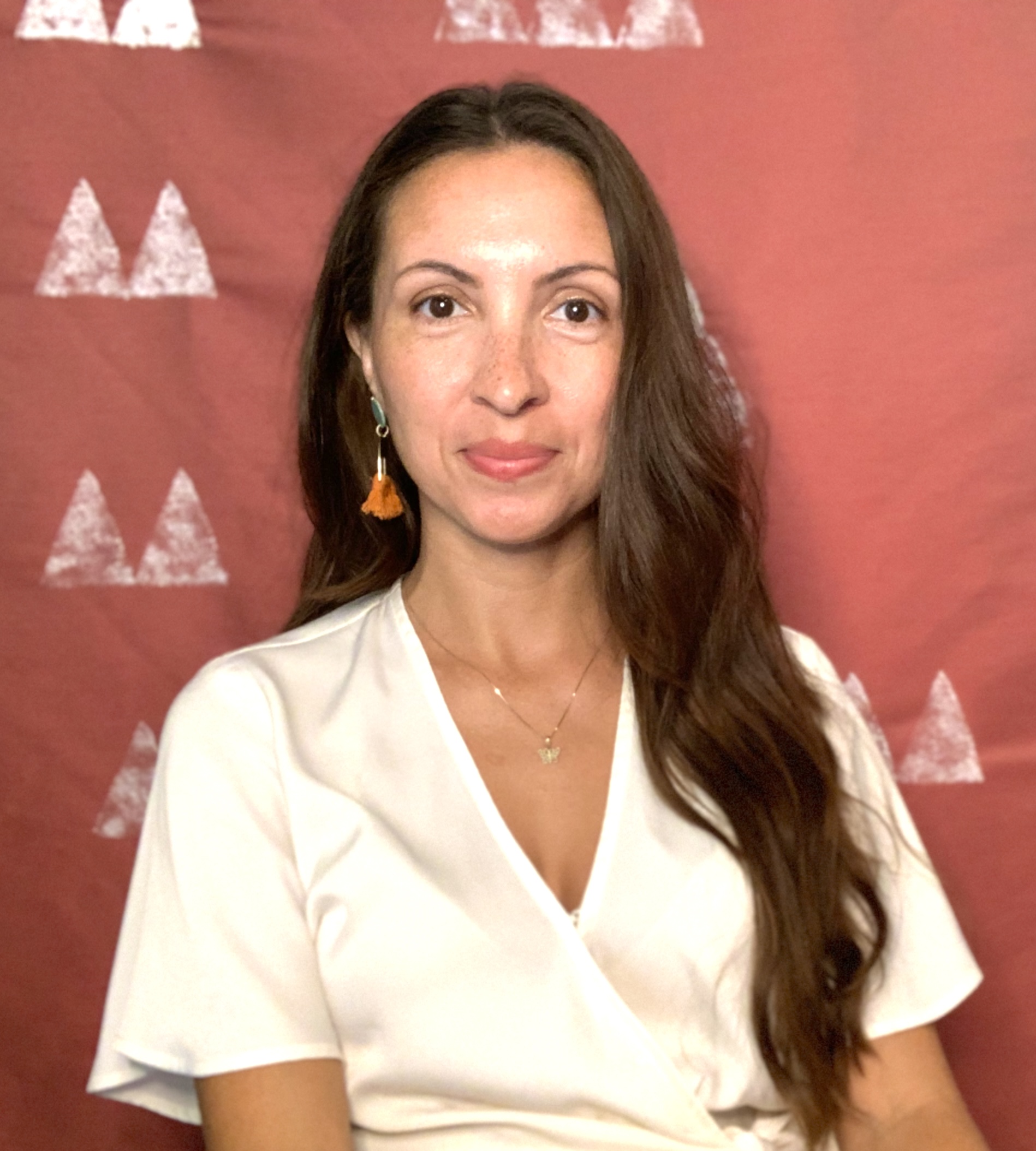
By Jaime Leyva and Morghan Vélez Young
Exploring the punishment of parole in the United States allows us to identify the ways that the design of parole serves as an arm of the cultural fixation with punishing populations. This fixation is linked to the cultural context for how we in this country construct colonization and racism.
In this article, we reflect on questions surrounding the interplay between parole and notions of safety; the winners and losers of parole; and cross-cultural considerations for how supervision unfolds in diverse spaces.
According to the U.S. Bureau of Justice Statistics for the most recently analyzed data from 2019, one in 59 adults is in some form of supervision; this is about 4.3 million persons on parole or probation.
For those on parole, 878,900 Americans, 53% can expect to successfully exit parole. The remainder of persons exit parole via returning to prison, dying or their exit reasons are never recorded (in 2019 data, 15.9% of people left parole but there were not entered reasons for this),
Although there has been a lot of discussion of late on the cost savings of parole over prisons, there is attention missing on the role that parole plays in the continuation of colonizing populations through various features, including returning people back to cells. The cost savings argument for parole over prison distracts from paying attention to the very purpose of parole.
Parole is a million-dollar entity, pulling from taxpayers while also frequently collecting parole fees, in some states, from the individuals who must remain under this form of supervision. The costs and conditions of parole impact millions of people across generations, including families, friends, employers and neighborhoods, and parole officers and their families.
Many know that parole is a means to supervise and monitor persons coming home to the community after a period of incarceration. Some know that the requirements to be navigated by persons coming home are many and are managed at the discretion of parole officers. Furthermore, some know the rates described earlier on the frequency in which people are tagged as violators and are returned to cells.
Fewer understand that parole is a machine designed in the colonizing intention for conducting surveillance on populations. Parole, the machine, does little to support collective safety. Instead, the machine blankets the opportunities that all people want and need to engage and serve their families and communities.
The machine as a metaphor for describing parole is an accurate one. Imagine the following aspects of parole. Imagine a long machine that stretches across the length of a factory. Each meter of the machine is a chronological, prescriptive step required of the persons under its control. Down the length of the machine, meter-by-meter, there are tasks, risks, threats and pauses to engage, like turning levers and switches at the right time and in the required manner.
Each meter of machine requires the people, their families and friends, and their employers to fit their day-to-day lives into the highly mechanized reality of parole. The wrong level touched, the wrong timing for flipping a switch, and a misunderstanding around a required pause will quickly find the persons taken from the machine and placed back in cells.
If one peeked over the height of the machine, to the other side, there they would see parole officers standing, engaging each meter-by-meter of the levers and switches. Parole officers spend their careers focused on implementing and enforcing this colonizing structure that doesn’t map on to ideals of collective safety, no matter what is laid out in their original job descriptions.
As they spend more years in the career, parole officers frequently adopt a fuller and fuller commitment to the machine and its taken-for-granted toll on them to implement mechanized and oppressive levers and switches on their side of the factory.
We know from research that the toll placed on the humans who occupy this career includes strains on their health and families. For example, documented symptoms of work-related stress include alcoholism, domestic violence and early retirement.
Furthermore, the career culture is understood to reinforce hypermasculine, patriarchal adherence to seniority and informal codes of conduct that increase stress. It could be argued that such a work environment also negatively affects safety for the parole officers, perhaps not safe for their bodies but certainly their minds.
The machine of parole is well designed for colonial control, and not for collective safety, not for the persons on both sides of the machine. Returning home to the community and collective safety can wed coherently, but most likely only in the absence of parole.
Research on what is referred to as “reentry” illustrates that coercive monitoring and restrictions (i.e., the machine) get in the way of safety rather than ensure it. For example, job and education access is prevented by various requirements across different meter-by-meter sections of the machine. Job interviews, mental health appointments and recreational activities face detours via transportation barriers, movement restrictions and permission from parole officers not granted.
Research for decades has documented that access to health insurance, safe housing and participation in restorative programming with victims are vital but cannot contend with the built-in barriers of the parole machine. These barriers can be understood as linked to either official policy that does not permit such services and/or through the discretionary power of parole officers to deny access to such services.
Reentry research shows that well-crafted, human-centered activities allow people to develop lives in the community that contribute to collective safety. For example, reentry programs in the restorative and indigenous traditions wrap people in support for all aspects of integration vital for the return home such as housing, jobs, service, rehab and ceremony.
Collective safety includes safety for bodies and for minds, requiring that the persons involved are wrapped in opportunities to integrate into their families and neighborhoods.
In Western countries, like the United States, that are framed in the research literature as maintaining “rehabilitative models of parole,” unlike the United States, tend to implement models that release some of the state’s control over the persons on parole, collaborating with community entities. The community entities focus on supporting integration.
Also, some of these western counties focus the role of parole officers on monitoring risks and barriers in the lives of the persons on parole rather than creating those risks and barriers. Healthy, sound individuals connecting with one another lead to collective safety. This is difficult to accomplish when persons on parole are systematically dehumanized by parole conditions.
Furthermore, cultures beyond the Western paradigm provide us with more opportunities to reflect on the interplay between persons returning home who might have caused harm and how integration into families and communities can unfold. Importantly, many cultures avoid punitive surveillance of persons after the persons already resolve their restitution and/or punishment period. And, some of these examples include investments in integration.
Some integration practices unfold in urban spaces with responsibilities to report to community-based entities for restitution fulfillment. In rural spaces, integration is entirely crafted by the town elders who know and assess the situation of the returning persons and their family contexts. These practices serve as a glue-like feature for ensuring belonging and reinforcing adherence to the community’s requirements for safety.
These examples can help us to reflect on the U.S. context where punishment doesn’t end after persons have paid the official toll for the harm that they were involved in (i.e., incarceration sentences) and reflect on the nation’s active divestment in integration.
Such cross-cultural examples beyond the Western paradigm allow us to reflect on the complexities of colonizing where institutions intend for disruption to population cohesion. Many U.S. institutions are designed to remove authority from the community, survey the community for disobedience and make “normal” and “natural” the machine approach.
In Western contexts where alternatives to the machine approaches are attempted, we get to see a struggle for authority; that is, the mechanistic approach of parole does not easily make room for the wrapping of humans in activities of integration.
Furthermore, reintegration from prison and into a community is an oxymoron for the U.S. parole model. That is, parole shows us through its design and impact that it is not intended for integration or, more broadly, collective safety.
Collective safety and the integration of persons returning home are threats to the agenda of colonizing and are foundationally contrary to the U.S. cultural fixation on punishment. The power and influence of the parole model sometimes takes overt (i.e., official barriers to integration such as limits to movement in a city) and other times implicit (i.e., discretionary power of parole officers to deny permission to interview for jobs) means for maintaining colonialized populations.
Colonial-style punishment is constructed to appear as “natural,” inevitable and/or timeless even to those most oppressed by it. Winners in the U.S. parole model are few, but they include elected officials who use “tough on crime” rhetoric to secure office and even shareholders where private entities are involved in the prison-parole relationship.
*****
Jaime Leyva facilitates restorative processes for persons returning to the community from prison. Located in Fresno, he creates healthy and safe spaces for healing and restoration. Contact him at jaime@communityjusticecenter.com
Morghan Vélez Young, Ph.D., is an educator and researcher focused on transformative opportunities for those involved in the juvenile and criminal justice systems. She consults and trains through BrownGirlHealing.org and lectures in the Anthropology Department at Fresno State. Contact her at mvelezyoung@csufresno.edu.

